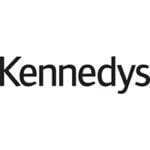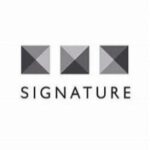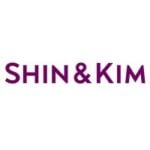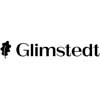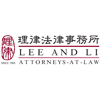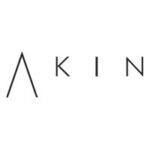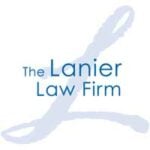-
What are the main causes of action upon which a product liability claim can be brought in your jurisdiction, for example, breach of a statutory regime, breach of contract and/or tort? Please explain whether, for each cause of action, liability for a defective product is fault-based or strict (i.e. if the product is defective, the producer (or another party in the supply chain) is liable even if they were not individually negligent).
-
What is a ‘product’ for the purpose of the relevant laws where a cause of action exists? Is ‘product’ defined in legislation and, if so, does the definition include tangible products only? Is there a distinction between products sold to, or intended to be used by consumers, and those sold for use by businesses?
-
Who or what entities can bring a claim and for what type(s) of damage? Can a claim be brought on behalf of a deceased person whose death was caused by an allegedly defective product?
-
What remedies are available against a defendant found liable for a defective product? Are there any restrictions on the types of loss or damage that can be claimed?
-
When is a product defective? What must be shown in order to prove defect?
-
Which party bears the burden of proof? Can it be reversed?
-
What factors might the court consider when assessing whether a product is defective? To what extent might the court account for a breach of regulatory duty, such as a breach of a product safety regulation?
-
Who can be held liable for damage caused by a defective product? If there is more than one entity liable, how is liability apportioned?
-
What defences are available?
-
What is the relevant limitation period(s) for bringing a claim? Does a different limitation period apply to claims brought on behalf of deceased persons?
-
To what extent can liability be excluded, if at all?
-
Are there any limitations on the territorial scope of claims brought under a strict liability statutory regime?
-
What does a claimant need to prove to successfully bring a claim in negligence?
-
In what circumstances might a claimant bring a claim in negligence?
-
What remedies are available? Are punitive damages available?
-
If there are multiple tortfeasors, how is liability apportioned? Can a claimant bring contribution proceedings?
-
Are there any defences available?
-
What is the relevant limitation period(s) for bringing a claim?
-
To what extent can liability be excluded, if at all?
-
Do the laws governing contractual liability provide for any implied terms that could impose liability where the product that is the subject of the contract is defective or does not comply with the terms of sale?
-
What remedies are available, and from whom?
-
What damages are available to consumers and businesses in the event of a contractual breach? Are punitive damages available?
-
To what extent can liability be excluded, if at all?
-
Are there any defences available?
-
Please summarise the rules governing the disclosure of documents in product liability claims and outline the types of documents that are typically disclosed.
-
How are product liability claims usually funded? Is third party litigation funding permitted in your jurisdiction and, if so, is it regulated?
-
Can a successful party recover its costs from a losing party? Can lawyers charge a percentage uplift on their costs?
-
Can product liability claims be brought by way of a group or class action procedure? If so, please outline the mechanisms available and whether they provide for an ‘opt-in’ or ‘opt-out’ procedure. Which mechanism(s) is most commonly used for product liability claims?
-
Please provide details of any new significant product liability cases in your jurisdiction in the last 12 months.
-
Are there any policy proposals and/or regulatory and legal developments that could impact the current product liability framework, particularly given the advancements in new technologies and increasing focus on the circular economy?
-
What trends are likely to impact upon product liability litigation in the future?
Switzerland: Product Liability
This country-specific Q&A provides an overview of Product Liability laws and regulations applicable in Switzerland.


